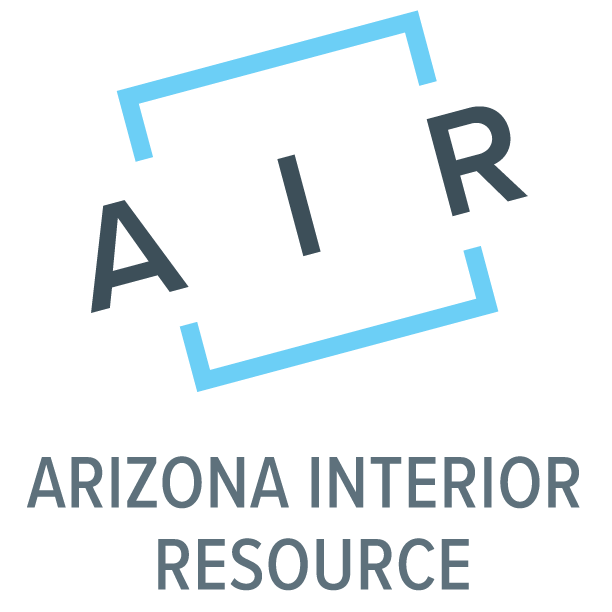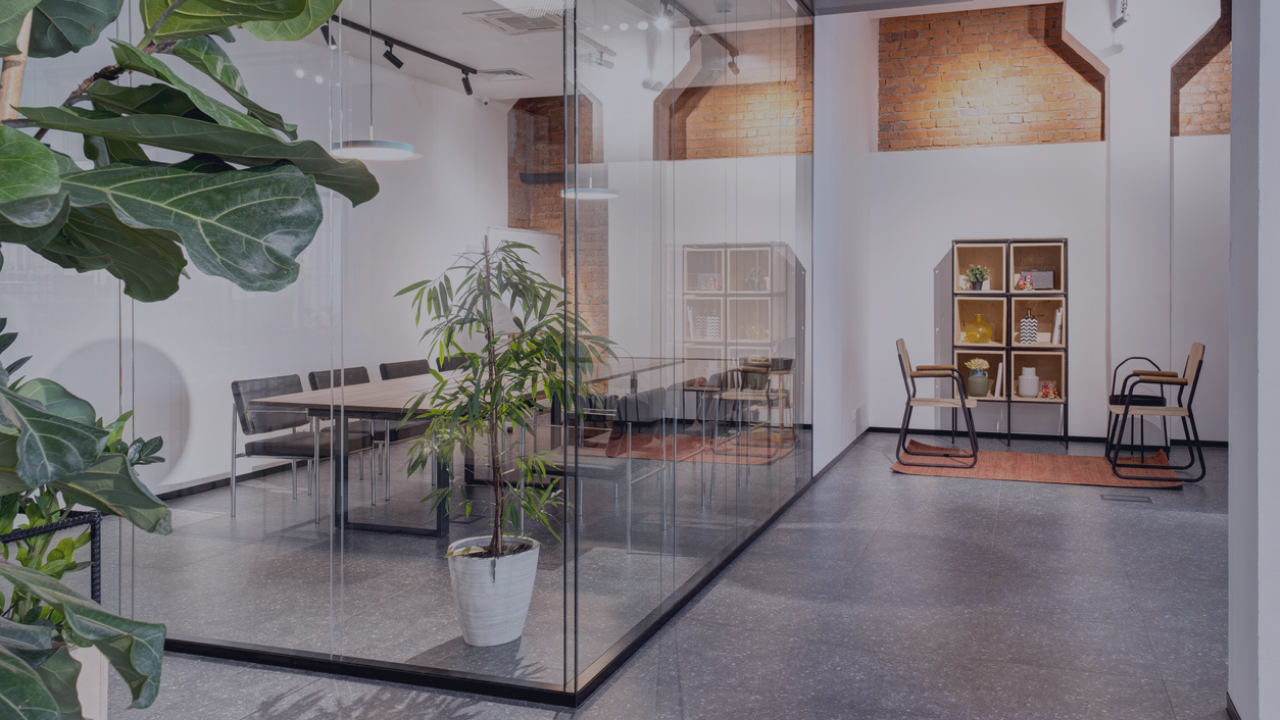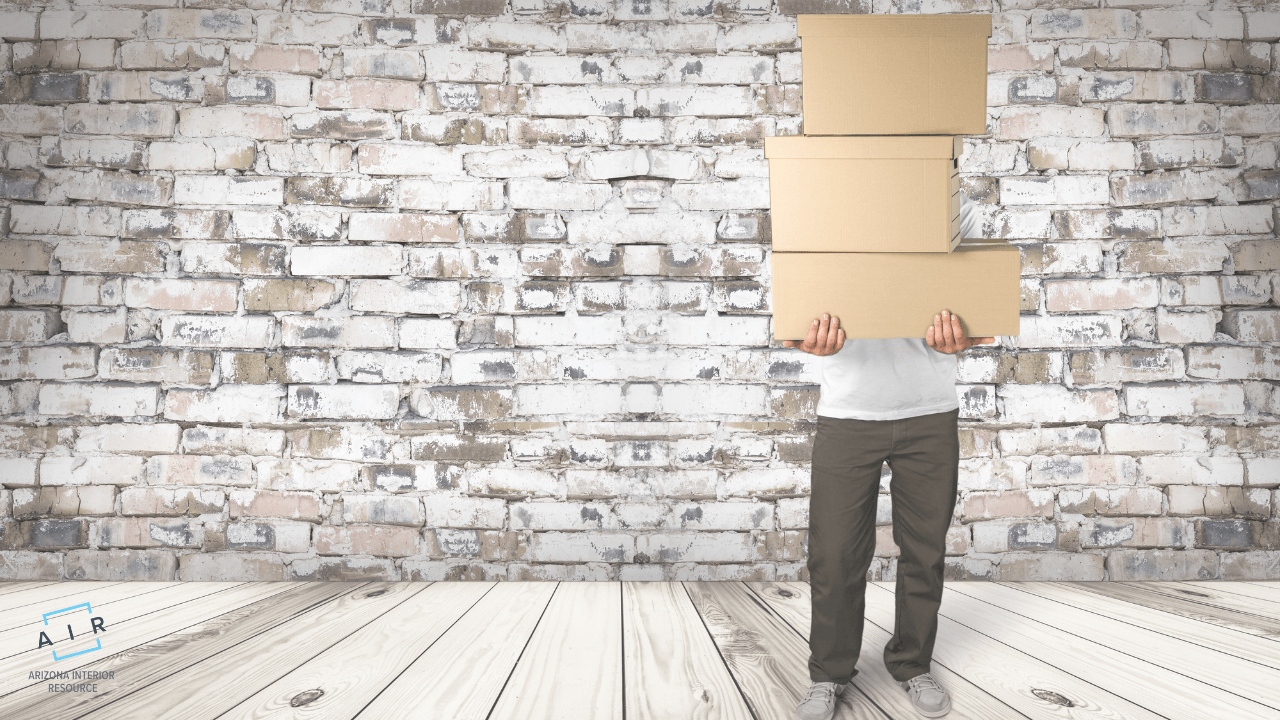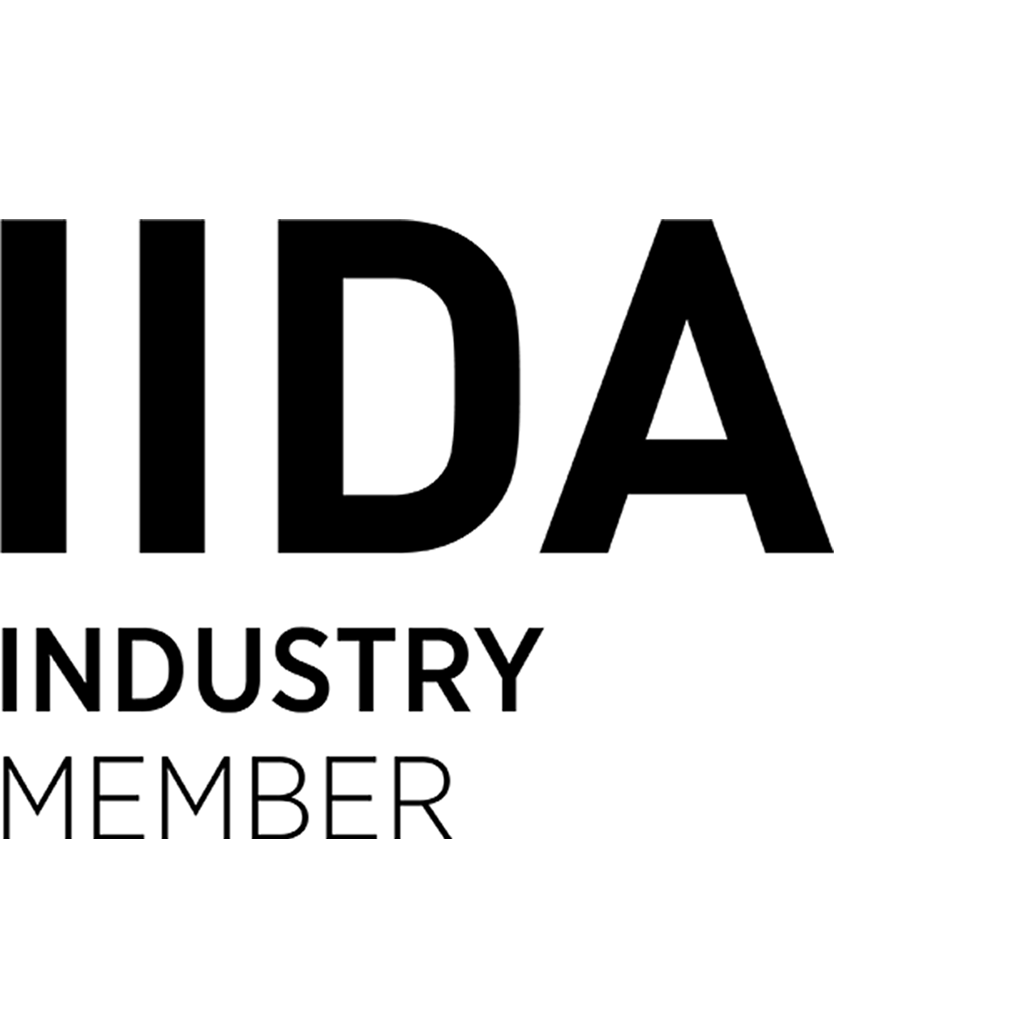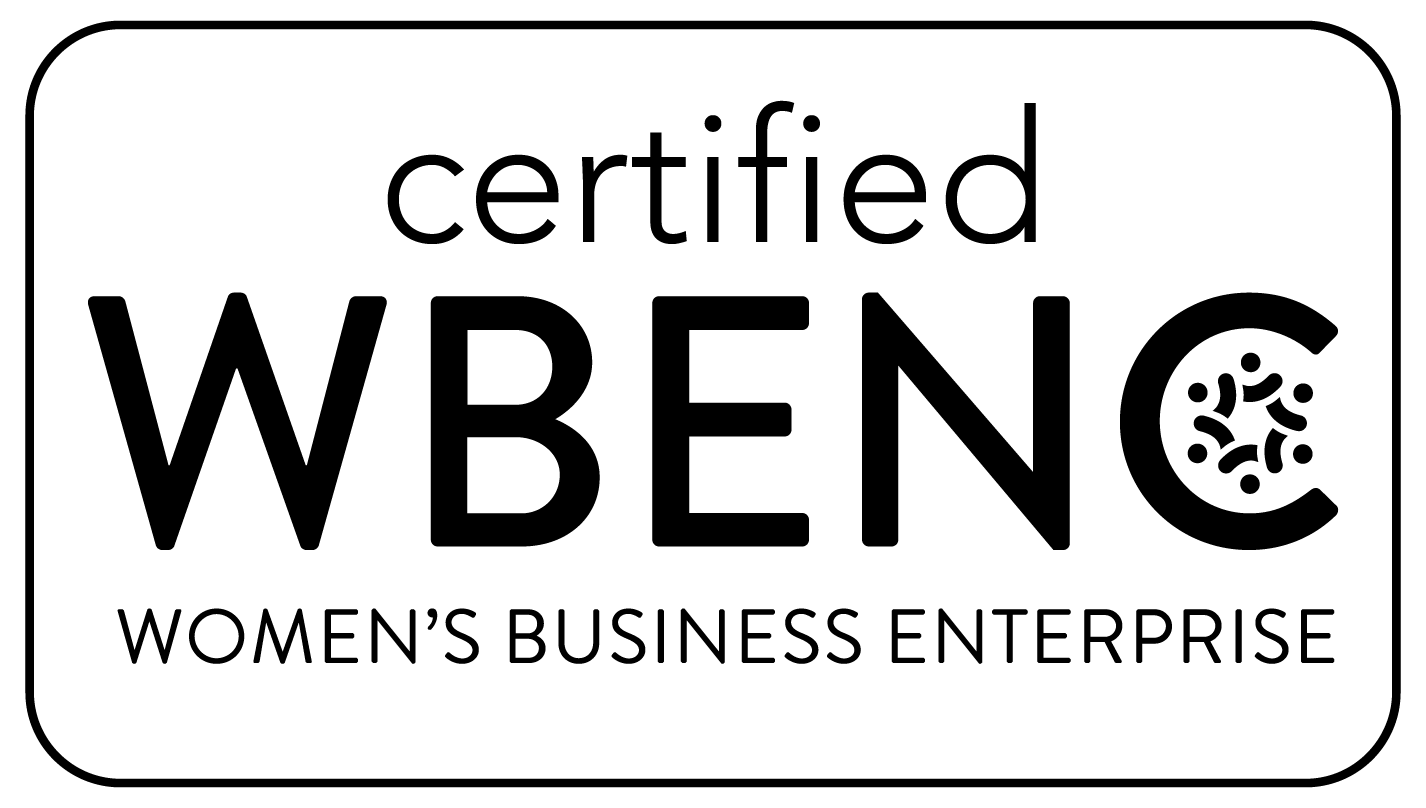The Power of Pivot
The Surprising Secret to Success: Embrace Change!
Heraclitus, a Greek philosopher, is quoted as saying "change is the only constant in life” and there have been many changes. There is power in business pivots as this story illustrates.
One of my first jobs in office furniture was in the early 1990s right after what is considered now a very short eight-month recession. Prior to this recession, businesses often waited months and months for new office furniture. In addition, many large companies were trying to figure out a way to dispose of used office furniture with the goal of reducing landfill waste. These two factors combined with a general business goal of reducing costs to increase profitability created the perfect opportunity for my former employer, an office furniture refurbisher, to call on businesses to remove its used furniture with the promise that she would take it off their hands and go to other businesses and not the landfill. She repainted, reupholstered, and updated the furniture and sold it at a significant cost and price below and faster than her new furniture competitors.
This change met customer demands for shorter lead times, less expensive products, and landfill diversion, and it made my employer more money.
An Industry Shifts
Premium-brand office furniture manufacturers continued to explore ways to compete with lower cost refurbished and import furniture suppliers which resulted in emerging new markets for furniture, moving from providing just corporate office furniture to supplying a variety of environments with products designed to meet new needs. Healthcare, education, hospitality, government, retail, architectural & design, global as well as small to medium business segments could now find suppliers offering the correct solution based on the unique settings and work each end-user performed, building on the need for good pricing, quick turn-around and sustainable solutions. And, out of this, the United States Green Building Council (USGBC) was born to promote sustainability in building design, construction, and operation to help customers.
This example tells why business owners need to constantly adapt to new market conditions. Let me offer one more example. Over the next several years, we experienced additional recessions in 2001 after 9-11 and then the Great Recession in 2008-2009. These economic downturns coupled with the impact of the technology growth explosion caused our industry to shift again to meet increasing demand for new and competitively priced products. Leading furniture manufactures scrambled to find solutions that helped reduce workspace costs which is the 2nd highest expense for business behind human capital. Some of the best minds began thinking about the role technology, people and furniture plays in the overall work environment.
A Manufacturing Pioneer Pivots
No longer were employees tethered to offices because of technology limitations. In the US, laptops first outsold desktops in the retail markets in 2005. Also, around this time, we began to see Millennials in the workplace together with Gen X, Baby Boomers, and The Silent Generation. This multi-generational environment required new ways of working, and the companies that changed were able to meet needs and thrive. Herman Miller, an office furniture manufacturer pioneer, redesigned and rebranded its 1960 Action Office offering of cubicles and desks to Living Office in 2015 introducing their new knowledge, services, products, and technologies to support promoting a naturally human integration of people, ideas, tools, furnishings, and spaces, to create a more desirable workplace. Living Office was designed to help people and organizations uniquely express and enable their shared character, activities, and purpose, promoting employee engagement, creativity, productivity, and wellbeing, and ultimately greater prosperity for all.
Making The Change
These examples demonstrate why you will have to make changes to your products/services. Darren Johnson, an American Writer, said, “Believe it or not, the biggest obstacle for a business owner with any size business is the internal response to the question - 'Now what?' Often this question is followed by a - deer in the headlights - response, which is then followed by stagnation. Following stagnation comes fear.” Avoid this by following three easy steps to pivot:
1) Identify Areas For Improvement - Identifying improvement areas is an important step in helping to reach goals. Analyze you processes and identify what areas can be improved based on new market or customer developments. Brainstorm how this can be achieved. Take a critical look at every part of the sales process, for example, from start to finish, and ensure that each step is efficient and effective. You may have done this before but do it regularly. Doing so will help achieve our objectives more effectively and efficiently.
2) Develop A Plan To Make Changes - Creating a plan to make changes is an important step. A well-developed plan should include objectives and actionable steps that can be taken towards achieving those objectives. It should also consider any potential risks or challenges that may arise during implementation. Once the plan is created, it must be implemented and regularly monitored to identify areas for improvement or further adjustments.
3) Monitor Results And Adjust As Needed - It is important to monitor the results of any project and adjust as needed. This helps ensure that the project progresses in a timely manner and achieves its desired outcome. Regular monitoring should be conducted to evaluate progress, identify challenges or areas for improvement, and adjust plans or strategies accordingly. Doing so allows you to quickly address any issues that may arise and ensure that we remain on track throughout the process.
To Sum Up on Pivoting
Be prepared for change! Change is a part of life, and it's important to be prepared for it. Growing up in business, I learned to expect the unexpected and took on new challenges with enthusiasm. As a result, I have developed a strong sense of adaptability that has helped me navigate through different situations and experiences which serves me well as a business owner. Whenever opportunities arise or new events occur, I'm always ready to take them on with an open mind and positive attitude.
No matter how much change comes your way, know that there are resources and people to help. You need someone who can help you answer important questions, who has the experience and resources to take your overall objectives and create a space that can support your purpose, priorities, brand, and vision. If you are an owner or manager planning or thinking about updating your work environment, call or email me for a free consultation. We can help you breathe easier. Jacqui Sabo is the founder of AIR and can be reached at jacqui@airinaz.com.



